Understanding Oral Cancer
Home >> Understanding Oral Cancer
What is Oral Cancer?
Oral cancer (mouth cancer) is the most common form of head and neck cancer. It typically affects people age 60 and older. Oral cancer affects your lips and the first parts of your tongue, mouth roof and floor. It also affects your oropharynx — the last part of your tongue and roof of your mouth, your tonsils and the sides and back of your throat.
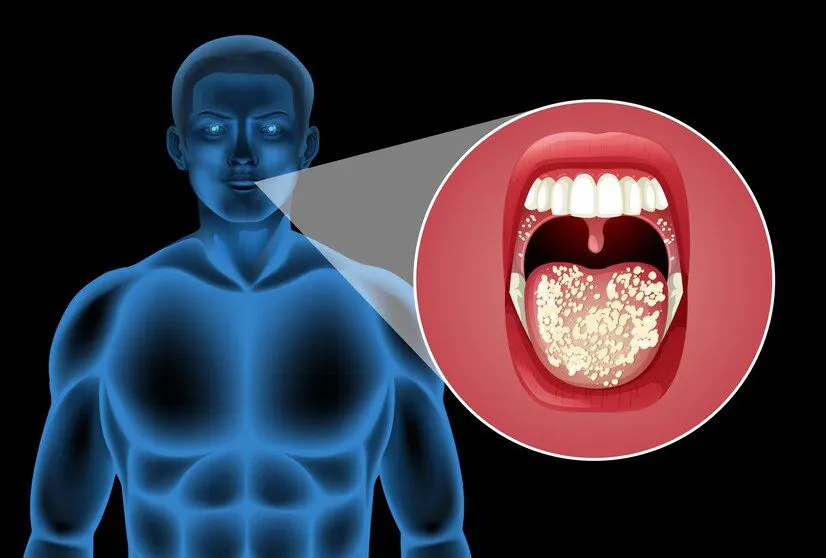
Types of Oral Cancer
Oral cancer is a diverse term that encompasses various types of cancer, each dependent on the specific area of the oral cavity affected. Some of the most prevalent types of oral cancer include:
Squamous cell carcinoma:
This is the most common type of oral cancer and typically affects the lining of the mouth, tongue and lips.
Verrucous carcinoma:
This type of oral cancer is slow-growing, low grade cancer that often appears as white lesions in the mouth.
Minor salivary gland carcinomas:
Are cancers that form in the salivary glands located in the mouth.
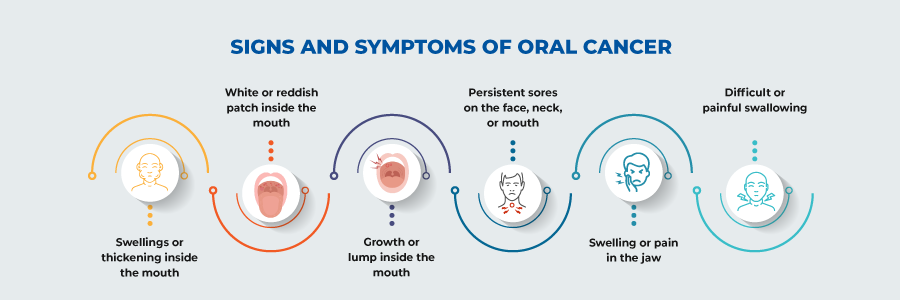
Danger Signals (Common Signs and Symptoms)
- Sores or Ulcers: A sore or ulcer in the mouth, lips, or throat that doesn't heal within a few weeks.
- Lumps or Thickening: A lump or thickening in the lips, mouth, or cheek.
- White or Red Patches: White patches (leukoplakia) or red patches (erythroplakia) on the gums, tongue, tonsil, or lining of the mouth.
- Difficulty Chewing, Swallowing, or Speaking: Problems with chewing, swallowing, speaking, or moving the jaw or tongue.
- Numbness: Numbness or loss of feeling in the tongue, lip, or other area of the mouth.
- Loose Teeth: Teeth that become loose without any apparent cause.
- Swelling or Pain in the Jaw: Swelling or pain in the jaw.
- Changes in Voice: A hoarse voice or changes in voice quality.
- Lump in the Neck: A lump or mass in the neck or back of the throat.
- Ear Pain: Pain in the ear.
- Bleeding: Unexplained bleeding in the mouth.
- Unexplained Weight Loss: Unintentional weight loss.
- Difficulty Wearing Dentures: If wearing dentures becomes uncomfortable or difficult.
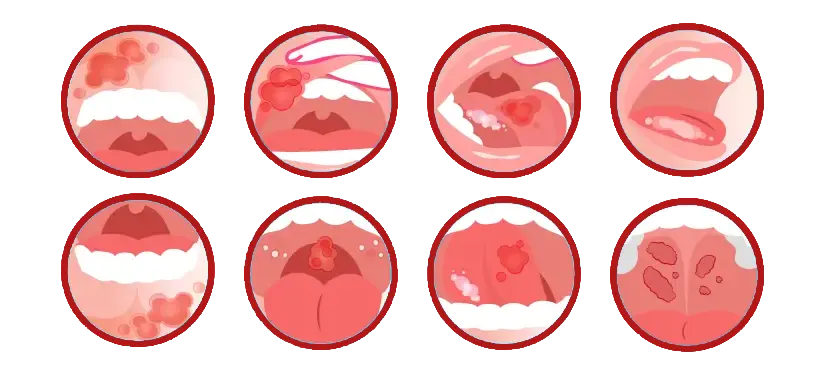
stages of oral cancer
Oral cancer has five stages: 0, I, II, III, and IV. The stage describes how far the cancer has spread.
Stage 0: Also called carcinoma in situ, this is the earliest stage of oral cancer.
It's considered precancerous, but could become cancer in the future.
Stage I: The cancer is usually small and confined to the area where it began.
Stage II and III: The cancer has spread to nearby tissue and/or lymph nodes.
Stage IV: The cancer has spread to distant areas of the body, also called metastatic cancer.
Oral cancer treatment without surgery
Early detection of oral cancer significantly increases the chances of successful treatment. The type and stage of the cancer, along with the patient’s overall health, determine the treatment options available. In addition to physical treatment, patients with oral cancer may also benefit from speech therapy, dietary changes, and emotional support to address the physical and emotional impact of the disease. It is essential for patients to have a robust support system comprising of healthcare professionals, family, and friends to navigate through this challenging period.
To remove the cancerous tissue.
Using high-energy beams to kill cancer cells.
Using drugs to destroy cancer cells.
Using drugs that attack specific cancer cells.
Uses medications to boost the body’s immune system to fight cancer. It may be given to people with advanced oral cancers that are responding to standard therapies.
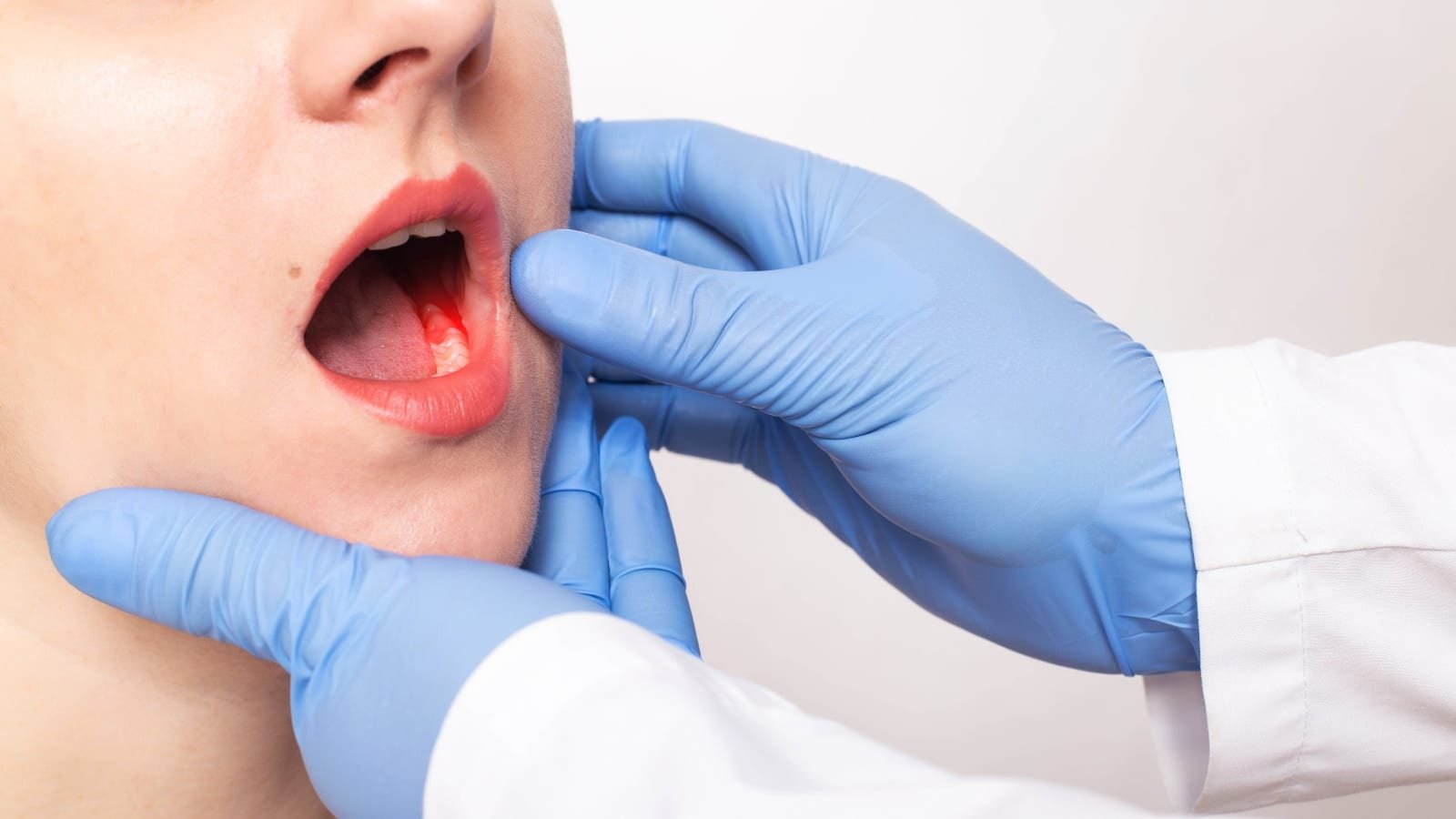
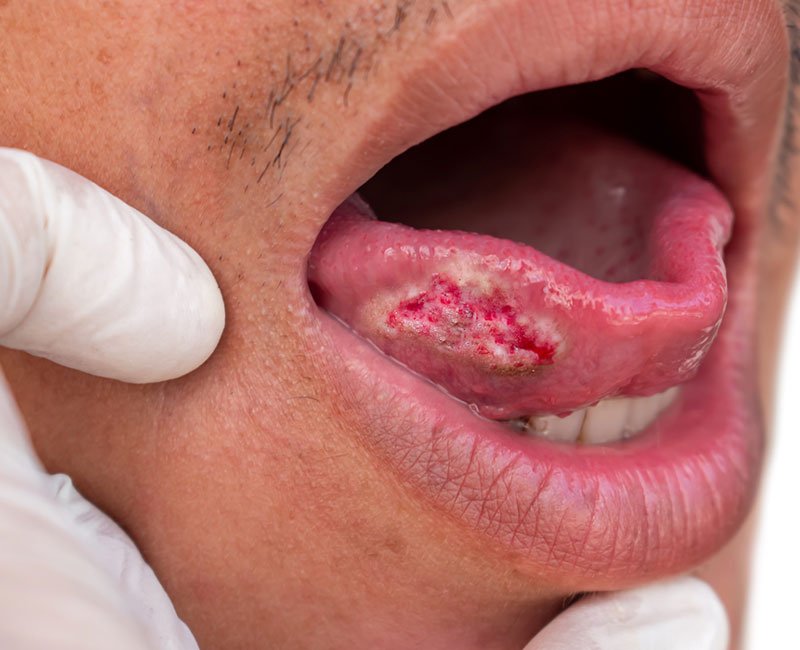
Complications of Treatment
Oral cancer treatment can sometimes lead to side effects, including:
✔️ Dry Mouth (Xerostomia): Reduced saliva production.
✔️ Mucositis: Inflammation of the mouth lining.
✔️ Difficulty Swallowing (Dysphagia): Problems with chewing or swallowing.
✔️ Changes in Taste: Altered taste perception.
✔️ Dental Problems: Increased risk of cavities or gum disease.
Managing these side effects is an important part of the recovery process.
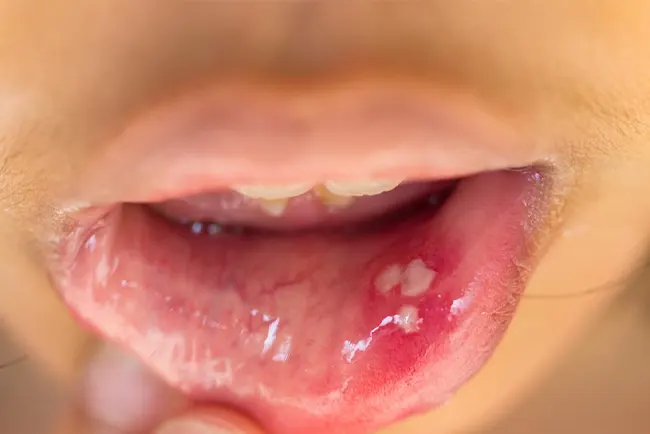
The HPV Connection
Human Papillomavirus (HPV), particularly certain strains, is a significant risk factor for oropharyngeal cancers (cancers of the back of the throat, base of the tongue, and tonsils). HPV-related oral cancers are often diagnosed in younger individuals and may have different treatment responses.
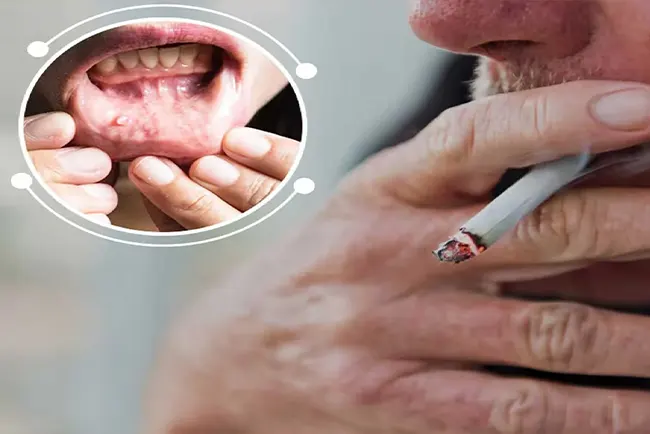
Tobacco Connection
Tobacco use, in any form (smoking, chewing, snuff), is a leading cause of oral cancer. The risk increases with the amount and duration of tobacco use.

Alcohol Connection
Excessive alcohol consumption is another major risk factor for oral cancer, especially when combined with tobacco use.
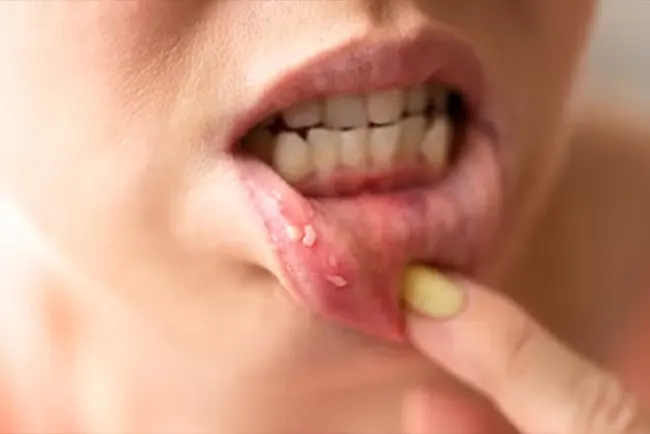
Unknown Causes
While tobacco, alcohol, and HPV are major risk factors, some oral cancers occur in people with no known risk factors. Research is ongoing to understand these cases better.
Pictures of mouth cancer
These photos give you an idea of what possible mouth cancers can look like, but remember that they might appear differently to this.
It's important to be aware of the symptoms of mouth cancer so you can contact your GP or dentist if you notice anything abnormal.

Risk Factors
According to the Cleveland Clinic, 75% of Oral Cancer patients may engage in risks or have contributing factors to the development of Oral Cancer, such as:
- Tobacco & excessive alcohol use
- HPV (human papillomavirus): This sexually transmitted infection has been linked to oral cancers (specifically the HPV 16 type)
- Age: The risk of oral cancers rises with age, with occurrences most common in individuals over 40, affecting “twice as many men as women”
- Genetics: A family history of oral cancer can increase your risk
Early Detection & Screening
Early detection is the most powerful tool against oral cancer. Regular dental checkups, including oral cancer screenings, are essential. Self-examination of your mouth is also important. Look for any sores that don't heal, unusual lumps or thickening, or changes in the color or texture of your oral tissues. If you notice anything suspicious, see your dentist immediately.
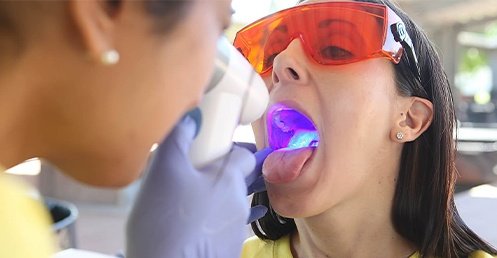
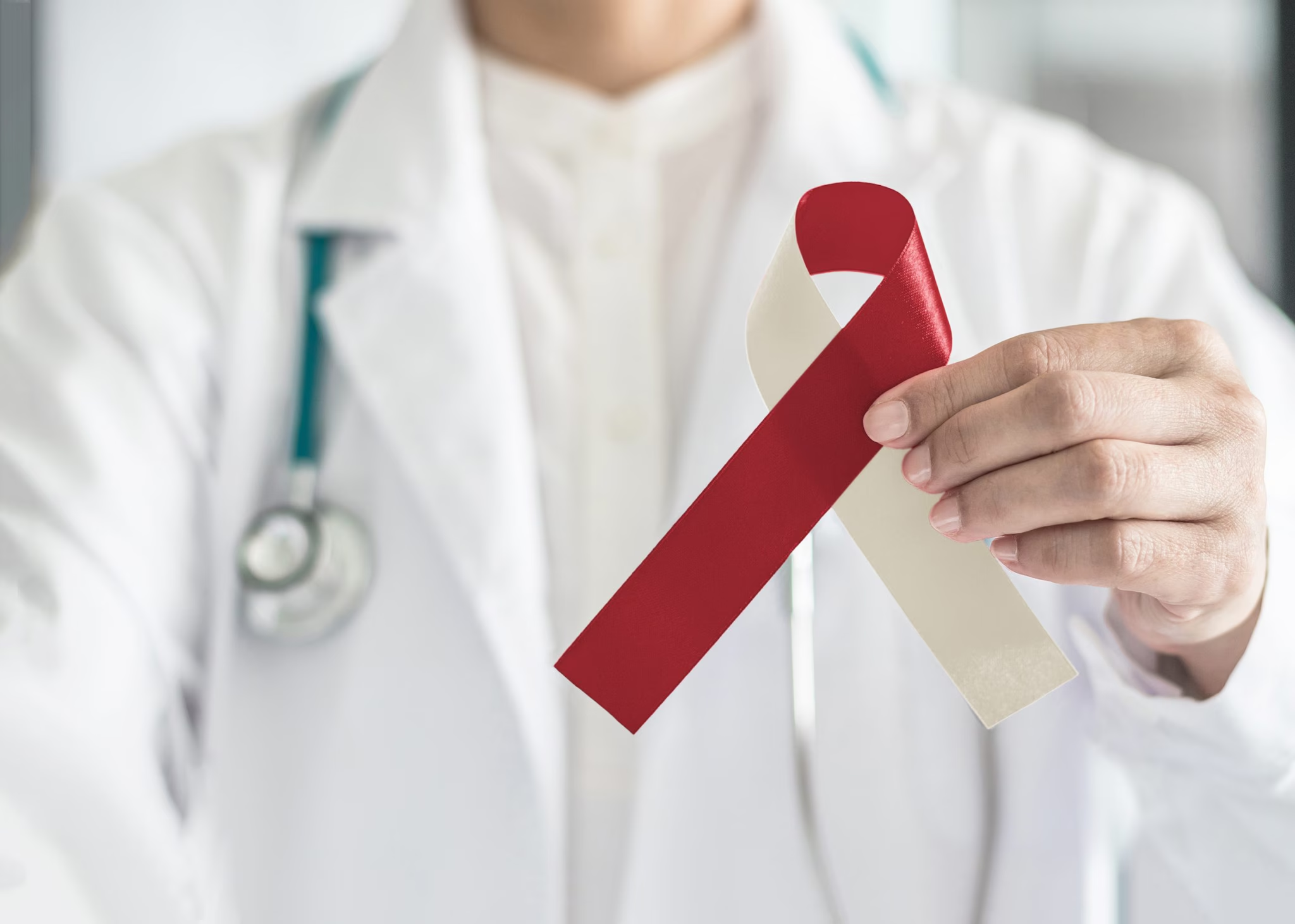
Prevention
✔️ Quit Tobacco: Quitting smoking or chewing tobacco is the single most important step you can take to reduce your risk.
✔️ Moderate Alcohol: Limit or avoid alcohol consumption.
✔️ HPV Vaccination: The HPV vaccine can help protect against certain strains of HPV linked to oral cancers.
✔️ Healthy Diet: A diet rich in fruits and vegetables may help lower your risk.
✔️ Good Oral Hygiene: Practice good oral hygiene, including regular brushing and flossing.
✔️ Regular Dental Checkups: See your dentist for regular checkups and oral cancer screenings.
By understanding the risk factors, practicing prevention strategies, and prioritizing early detection, we can work together to reduce the burden of oral cancer.
Diet & Cancer
A diet rich in fruits and vegetables, along with limiting processed foods, red meat, and alcohol, can help reduce the risk of oral cancer.
Foods to Include:
Fruits and Vegetables: A diet rich in fruits and vegetables, especially those with carotenoids (bright red, orange, and green), is protective against oral cancer.
Berries: Berries like blueberries, raspberries, and strawberries contain ellagic acid, which may help slow cancer cell growth.
Whole Grains: Choose whole grain breads and cereals.
Lean Protein: Include lean meats like chicken, turkey, or fish, as well as eggs, cheese, and other high-protein foods.
Low-Fat Dairy: Opt for low-fat dairy products.
Nutrient-Rich Foods: Include foods like oatmeal, applesauce, eggs, frozen yogurt, cheese, crackers, nuts, and nut butters.

